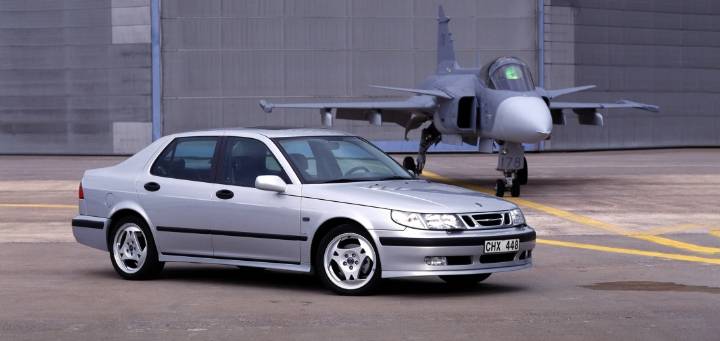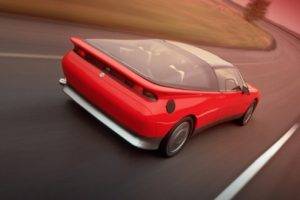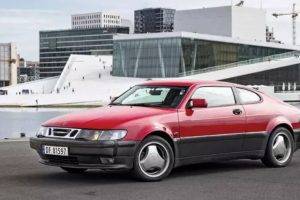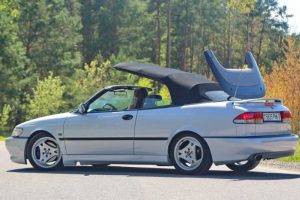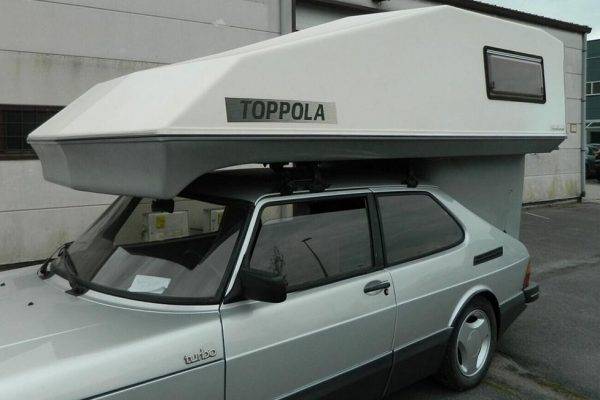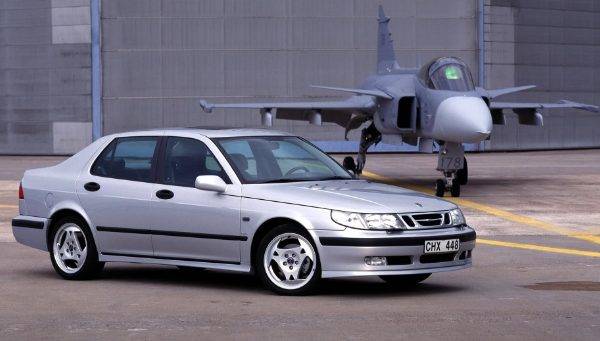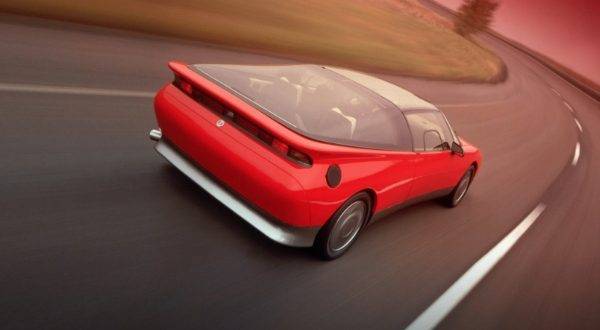Not sure how to fill an awkward pause in a conversation with friends? Tell them interesting stories from the life of famous car brands. For example, about the legendary Saab brand, which, alas, is no longer with us. It is unlikely that they have heard them before … And you, most likely, too.
Defense First
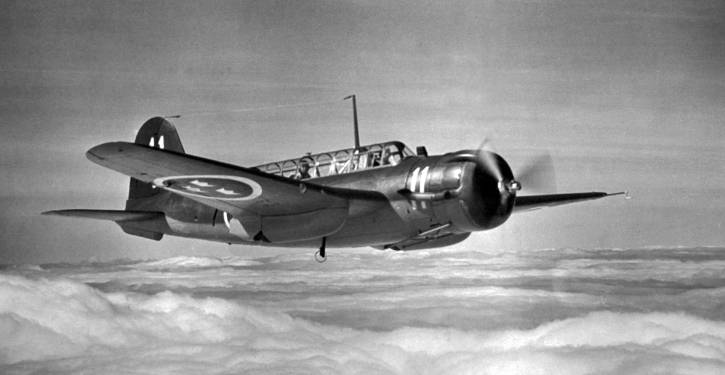
Almost everyone knows about the aviation roots of Saab. And it seems that in itself this fact is not so surprising. After all, many automotive brands have ties to aviation — take BMW or Rolls-Royce, for example. However, the Germans and the British made only aircraft engines, but Saab, aka Svenska Aeroplan Aktiebolag – “Swedish Aircraft Building Joint Stock Company” – was founded in the mid-1930s of the last century exclusively for the construction of aircraft. Aircraft, primarily military.
Then the Swedes, feeling the close breath of a great war, actively invested in the defense industry. On military orders, Saab spread its wings. However, the fighters and bombers of the company from Trollhättan, in fact, were of no use to anyone – Sweden managed to remain neutral in World War II. However, from its inception to the present day, defense orders have been and remain one of Saab’s main sources of income.
Yes, yes, if you think that SAAB is dead, then this is only half true. The automotive department is indeed closed, but the aviation and defense sector is flourishing. Maybe you heard in the news about the JAS 39 Gripen, the fourth generation multirole jet fighter? He is just the work of “Saab” hands.
Experts but amateurs
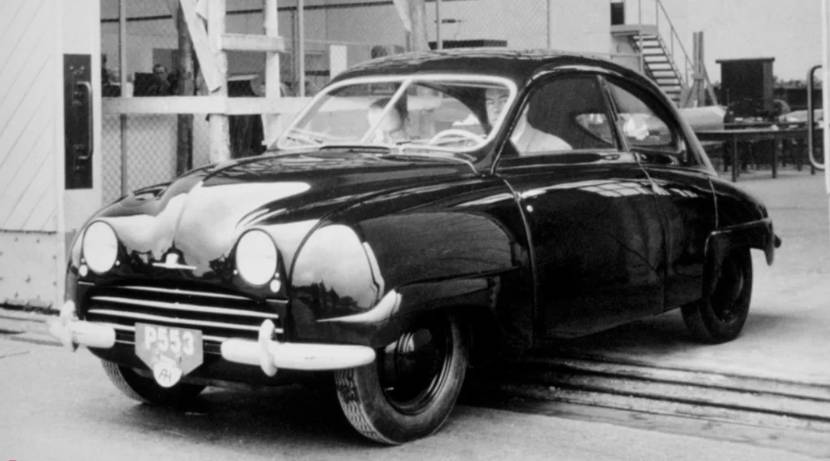
Doubts about the perpetuity of military orders Saab directors experienced, perhaps, only once – immediately after the end of World War II, when the need for military aircraft abruptly disappeared. State funding began to decline, and the company’s management made a strong-willed decision to add cars to the portfolio. And it was, of course, a pure scam.
The level of competence of the engineering team, which in the second half of the 1940s was assigned to create the first passenger SAAB, is evidenced by the fact that almost none of them knew how to drive a car! Only project manager Gunnar Ljungström and test pilot Ralph Molde had a driver’s license. Of course, graduate aeronautical engineers had no idea how to build cars. The work went almost to the touch.
On the one hand, the layout of the future Saab 92 was blown in a wind tunnel – thanks to the company’s aviation background. On the other hand, without the necessary experience, the engineers could not assume in advance that the closed front wheel arches would be clogged with ice and snow in winter.
There were many amateurish mistakes and miscalculations. At one time, the Swedes even thought of doing without a designer, leaving the development of the exterior at the mercy of the engineers. Surprisingly, the resulting Saab 92 turned out to be a very successful car – easy to drive, reliable and hardy.
Lost numbers
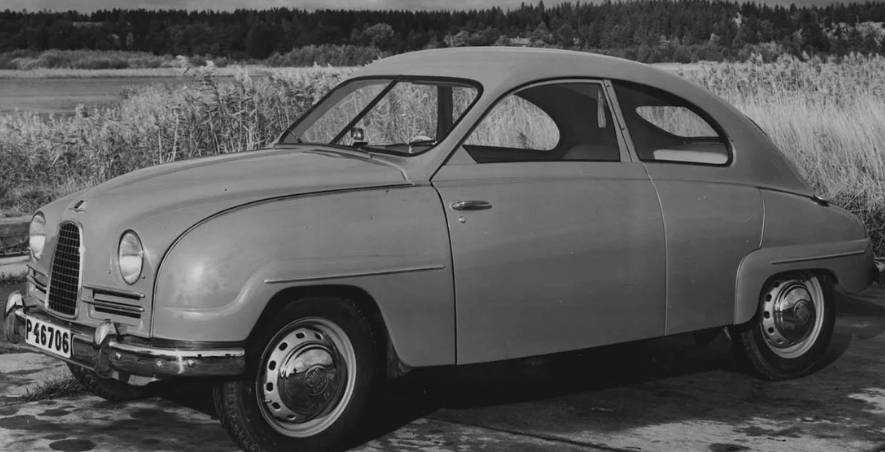
Sincerity, directness and a penchant for logical thinking generally distinguish the northern peoples. Why Saab had to be an exception?! And do you know why the first car of the brand received an index of 92? Quite simply: the company’s previous project, the plane (if you didn’t guess), was called the Saab 91. Irreproachable logic.
The 92 was followed by the modernized model 93, then the Saab 95 wagon, and then the models with the indices 96 and 99. Where, one wonders, have the numbers 94, 97 and 98 disappeared? No, they were not forgotten – they were just unlucky. The prototype sports coupe, better known as the Saab Sonett, had a factory index of 94. Under the number 97, the further development of the model was hidden, reaching only a small-scale production. Finally, the Saab 98 was supposed to be a hatchback based on the 95th station wagon, but alas…
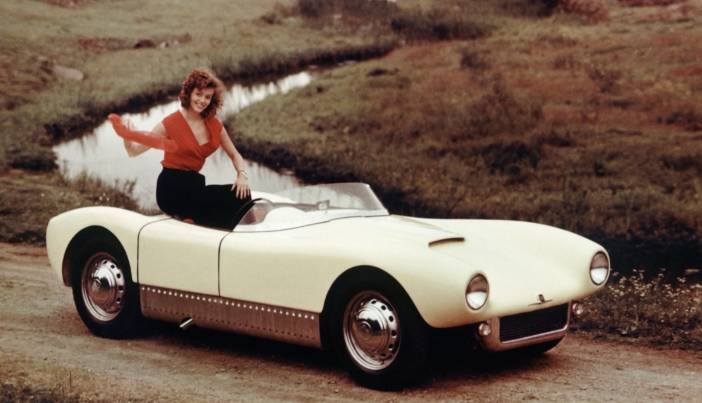
The famous Swedish logic failed only once – in 1984, when the assembly of the Model 90 began in Finland at a joint venture between Saab and Valmet bodywork studio. It was a strange hybrid of two Swedish models at once. From the grille to the B-pillar it was a Saab 99, the entire rear end is from the more modern Saab 900.
Safety at all costs
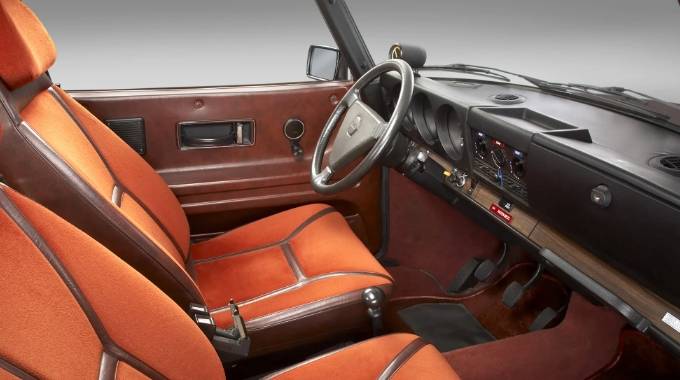
Another automotive company from Sweden usually boasts of its achievements in the field of safety. But Saab also has something to present. For example, the world’s first active head restraints that protect the driver and passengers from the so-called whiplash in a rear collision. Or a safety steering column without an ignition switch, which was moved to the center console.
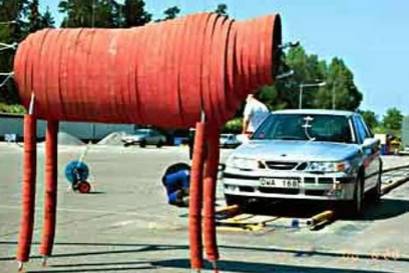
And there was also a night mode of the dashboard, which Swedish engineers spied on from their aviation colleagues. Press the button – and all devices, except for the speedometer, go out. A very useful thing on a long journey. And last but not least, the most impressive!
Back in the mid-1980s, engineers from Trollhattan took care of the problem of the survival of the driver and passengers in a collision with … an elk! It’s not about avoiding a collision, but about full contact! To do this, at a speed of 70 km / h, the Swedes conducted a frontal crash test with a replica of a full-length elk weighing about 350 kilograms. This is the fundamental approach to security.
Fake Swedes
The inimitable style that provided Saab with so many fans around the world is a separate chapter in the history of automotive design. However, not all cars of the brand are equally charismatic and unique. At the turn of the 1980s, the showrooms of the Swedish brand were low-powered Saab 600 hatchbacks – the sad child of the failed collaboration between Saab and Lanci.
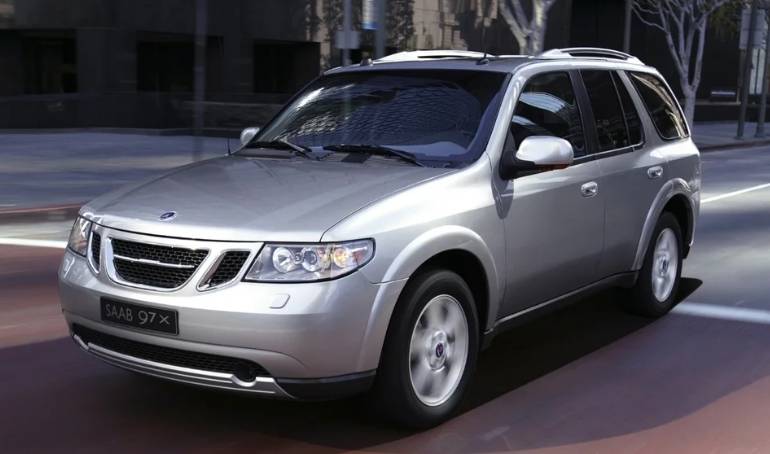
It is impossible to understand or forgive the sad badge engineering projects that accompanied the last years of the brand’s life. The SAAB 9‑2X station wagon is a facelifted Subaru Impreza, while the 9‑4X and 9‑7X crossovers are inglorious copies of the Cadillac SRX and Chevrolet Trailblazer, respectively. It is unlikely that anyone will shed a tear of nostalgia about these cars …
Blame America!
If you are an avid fan of the Swedish brand and want to know those responsible for the closure of the Saab automobile division, then you should throw arrows of anger towards the States. Admirers of the brand rightly believe that General Motors, which bought Saab in 1990, is entirely to blame for its fall. For twenty years, Saab has gone from a solidly standing premium brand through the efforts of unfortunate managers from Detroit into a frail old man on the verge of death. A death from which he was never saved.
The most unpleasant thing is that, having brought the Swedish patient to a coma, GM left him no chance of salvation. Numerous attempts by Chinese auto companies to acquire the bankrupt Saab have each time been flatly denied by General Motors. The Americans allegedly feared “leakage of valuable technology” and eventually chose to bring SAAB to its grave.

